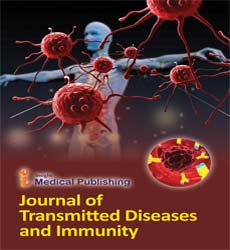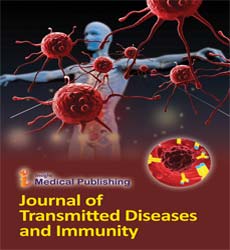ISSN : 2573-0320
Journal of Transmitted Diseases and Immunity
Impact of infectious disease epidemics on xenophobia: A systematic review
Abstract
The spread of infectious diseases is a world-wide problem that has a greater impact on low-income countries. Mathematical modeling is a useful tool to better understand these diseases and to plan prevention and interventions. In this article, discrete-time binomial chain models, which are used for modeling the transmission of infectious diseases, have been extended by the addition of a spatial component. The spatial component is included in the function which represents the number of contacts that an individual makes. The spatio-stochastic model is derived to form three cases to match different modelling scenarios, namely: a model with only local transmission, a model with interaction between spatial units but no migration, and a model with interaction and migration between spatial units. Simulations are then used to compare the different models. The spatio-stochastic model is also demonstrated with an application to measles data. From this study, it can be seen that the type of model and inclusion of a spatial component plays an important role in the transmission of infectious diseases.

Open Access Journals
- Aquaculture & Veterinary Science
- Chemistry & Chemical Sciences
- Clinical Sciences
- Engineering
- General Science
- Genetics & Molecular Biology
- Health Care & Nursing
- Immunology & Microbiology
- Materials Science
- Mathematics & Physics
- Medical Sciences
- Neurology & Psychiatry
- Oncology & Cancer Science
- Pharmaceutical Sciences
